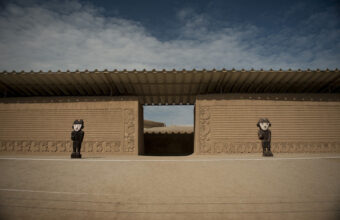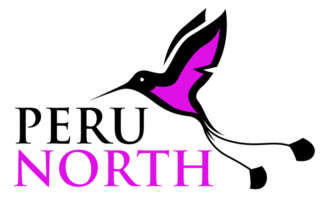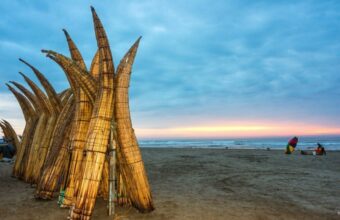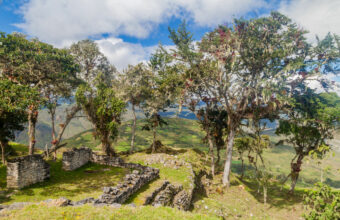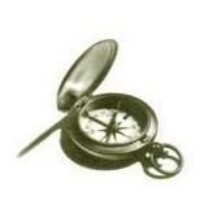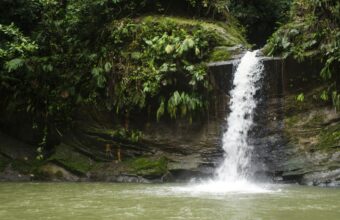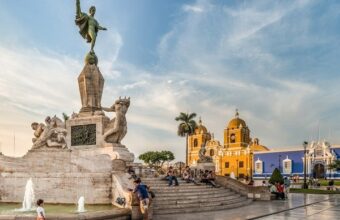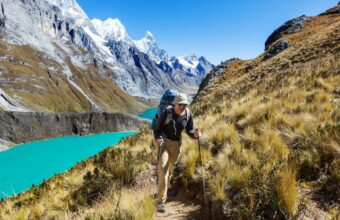A brief history of pre-Columbian Peru
Five millennia of archaeology
For most travellers, Peruvian history can be summed up by one word: Inca. While the Inca civilisation remains the most studied and most encountered in Peru, it is merely one of many fascinating cultures you will meet on your trip through the country.

Visiting the many ruins and cultural sites that Peru offers is a highlight for most travellers. The country’s wealth of sites matches those of Egypt, Mexico and the Mediterranean. What differentiates it is that the knowledge we do have about its history comes almost entirely from archaeological excavation, with almost no written records surviving.

Chavín de Huantar 400-500 BC
Preceramic period
Evidence of human existence in Peru dates all the way back to 9,000 BC. Peru’s first people were nomadic hunter-gatherers, living in caves and hunting sabre-toothed tigers and mastodons. There are cave paintings of hunting scenes from these first people at Lauricocha and Toquepala.
Around 4,000 BC, Peru’s people began domesticating animals and planting seeds, moving from their nomadic hunting lifestyle to settled fisherfolk and farmers. Many settled on Peru’s coastal strip, trading with others in the Amazon basin and living in simple stone dwellings. These people also built ceremonial structures for ritual purposes, of which some still survive complete with friezes and human burials. The ruins of Caral are evidence of the oldest civilisation in South America, dating from 3,000 BC.
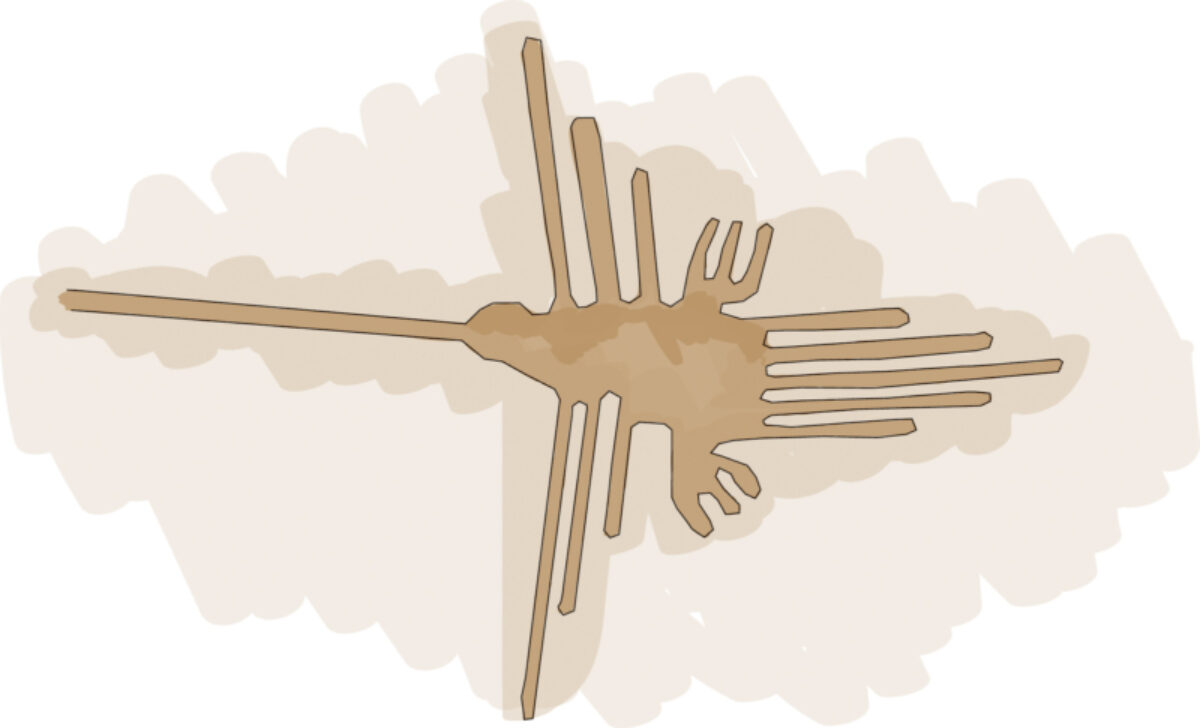
Nazca Lines 500 BC-500 AD
Early horizon
Also known as the Chavín Horizon, the period between 1,000 and 300 BC is known for the religious idolatry of the Chavín culture and their spiritual centre of Chavín de Huántar, near Huaraz. Represented by the repeated motif of a stylised feline (usually a jaguar or puma), this period is known as a horizon as the same imagery appeared at different cultures independently, suggesting an exchange of ideas and beliefs.
The influence of this period is seen in the development of weaving, pottery, artwork and society — clear signs of a unifying culture.
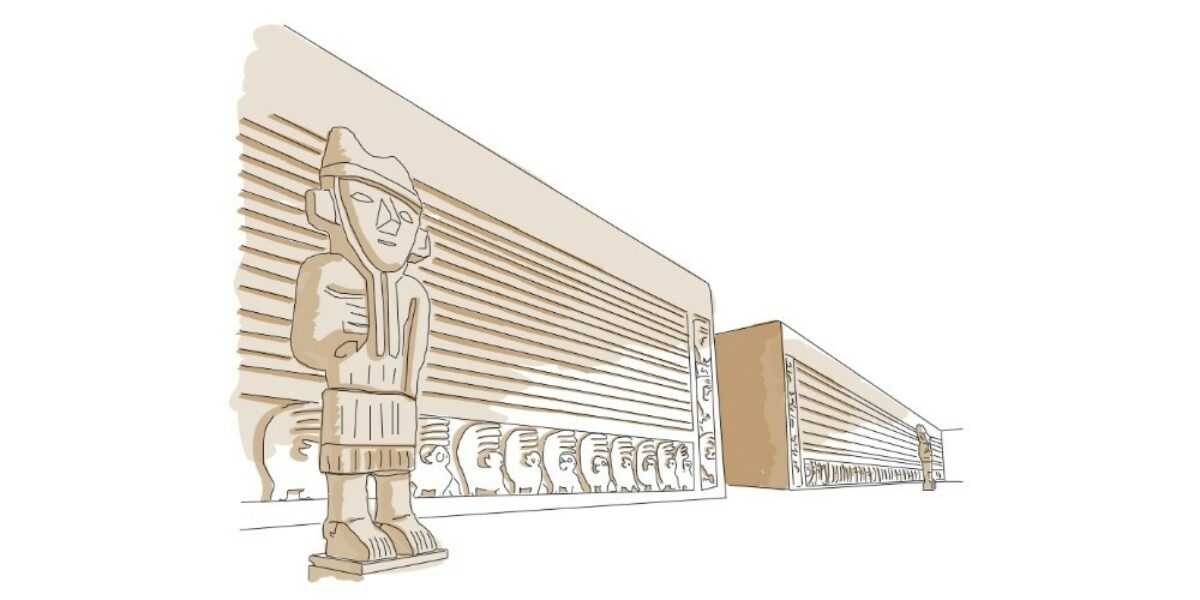
Chan Chan 850 AD
Intermediate period
The Chavín culture inexplicably lost its influence around 300 BC, although the importance of its contribution to Andean religion lives on in Peru to this day. From its demise, several cultures flourished between 300 BC and 1,400 AD, in what is known as the intermediate period.
The early intermediate period’s best known grouping is the Paracas Necropolis, named for a burial site found south of Lima. This culture is known for the quality of its textiles, which are considered the finest in pre-Columbian history.
Two other cultures that flourished during this period are the Moche in the Trujillo area and the Nazca on the south coast. You can see the history of both cultures at sites across Peru. The Moche built ‘pyramids’ (really platforms) called the Temples of the Sun and Moon near Trujillo and there is also a series of Moche tombs near Chiclayo. The Nazca are best known for the Nazca Lines, a series of geoglyphs carved into the soil of the Nazca desert. These depict animals, geometrical shapes and even humans.
The second half of the 6th century saw a catastrophic drought in coastal Peru, wiping out the Moche. This allowed the Huari people to emerge, based in the Ayacucho region of the Andes. An expansionist culture, the Huari were not afraid of combat and sought to subdue the culture of those they conquered. As such, little is known about other cultures between 700 AD and 1,100 AD beyond what archaeologists have excavated.
The Huari’s aggressive rule meant other cultures viewed them warily. By 1,000 AD, their influence was waning and their governance replaced by local cultures in individual areas. These include the Chimú of Trujillo, who built the impressive adobe capital Chan Chan; the Chachapoyas warrior tribe of the cloud forest and the Kuélap citadel; and the coastal Sican, descendants of the Moche. These individual states would thrive for the next 400 years.
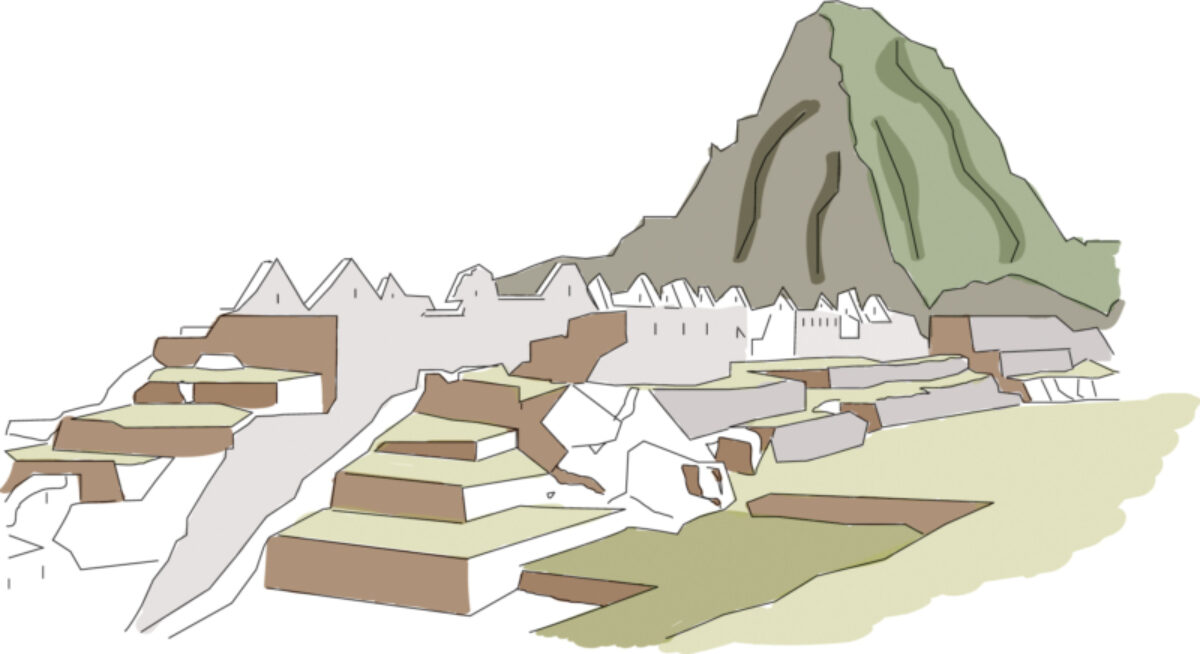
Machu Picchu 1450 AD
Inca empire
The most famous pre-Columbian civilisation is undoubtedly the Inca. And yet, for all its strength, the Inca empire only flourished for a century. Prior to Pachacutec in 1438, the Inca had been constrained to the valley of Cusco. However, a successful battle with the neighbouring Chanka tribe gave the Inca a thirst for conquest.
Over the next 25 years, they would conquer much of the central Andes, before expanding their empire from Colombia to Argentina. They would also build many mountaintop citadels, including Peru’s famous Machu Picchu. However, Columbus’ discovery of the Americas and subsequent Spanish invasion in 1532 was the beginning of the end for the Inca. At Cajamarca, the Spaniards, led by Francisco Pizarro, succeed in capturing the Inca king Atahualpa, forcing them to retreat to the jungle. They would never recover.

